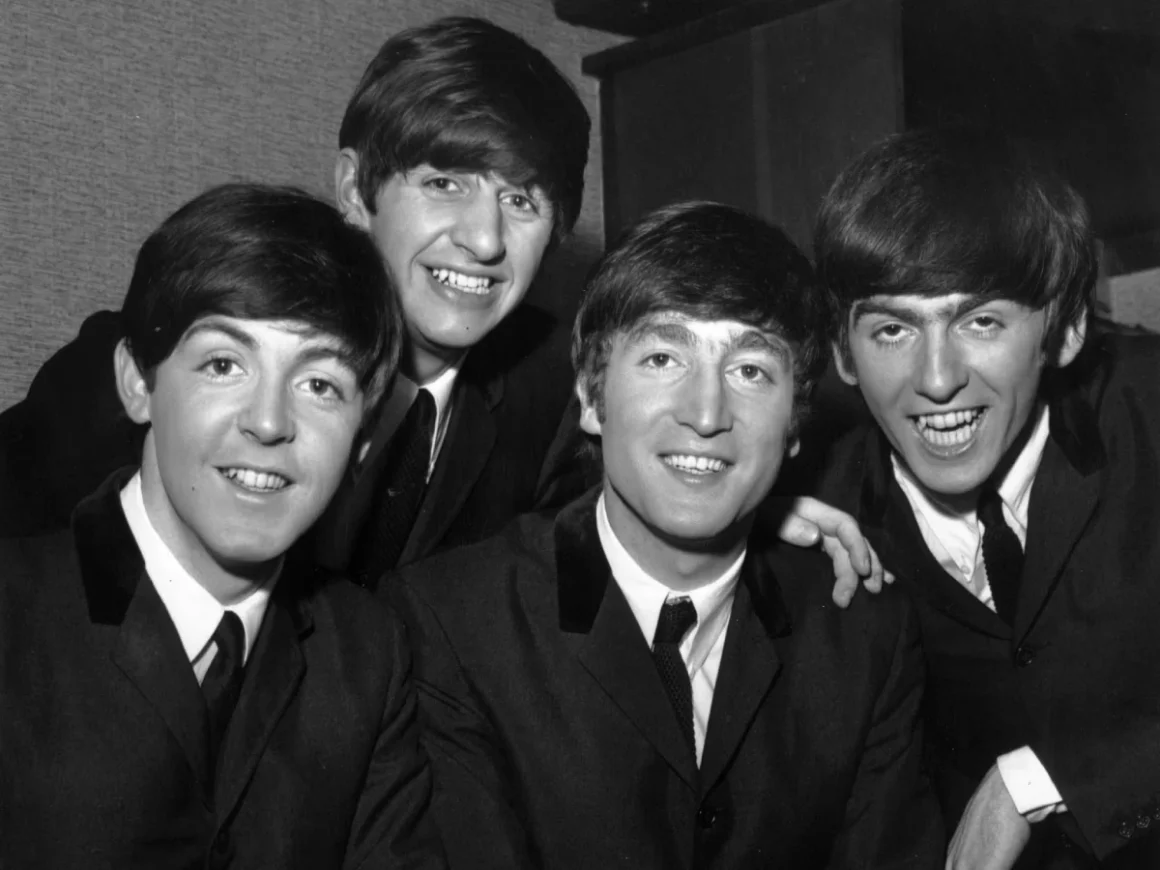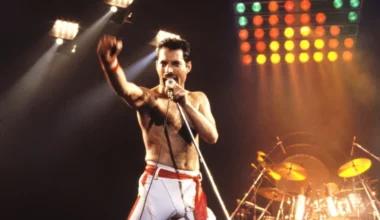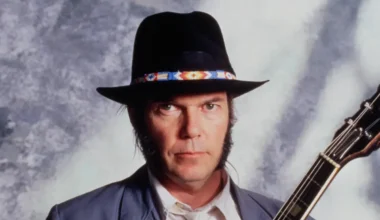The Beatles were a group that was constantly innovating from the start. The Beatles’ discography divides neatly into two categories, for those short on time and willing to overlook some nuance: the pop-focused albums of the early 1960s, like Please Please Me and A Hard Day’s Night, and the later psychedelic explorations of Revolver and Sgt. Pepper’s Lonely Hearts Club Band. The reasons behind this shift in sound and subject matter have been often debated by musicologists. These include the introduction of LSD and the development of John Lennon and Paul McCartney as songwriters. But the real explanation is far more useful.
There is no denying that many factors contributed to The Beatles’ stylistic evolution. For example, all of the band members started to embrace much broader musical influences, especially Indian music and spirituality. Many people consider the band’s 1968 tour to India to be a turning point in their history. It served as inspiration for many of the band’s most well-known songs. Still, the band’s psychedelic experiments would never have succeeded in the absence of technological and production advances, most notably the invention of the Mellotron, which changed the musical landscape.
In essence, the Mellotron was a prototype sampler. The instrument first appeared in 1963 and was a key component of many subsequent genres, such as progressive rock, synthpop, and alternative rock. It used a keyboard to control the playback of tapes. The Beatles, on the other hand, were among the first to adopt this new technology. They used the instrument to realize their psychedelic fantasies. Paul McCartney has talked extensively about the Mellotron sampler’s revolutionary potential. He emphasized how it helped the Fab Four establish their sound and usher in a new musical era.
Macca recalled the band’s early days at Abbey Road. He said they “walked into Abbey Road number two studio” and found “this big grey thing.” He described it as “looking like a chest of drawers or a sideboard or something.” It turned out to be a Mellotron. He also added that “when we arrived at Abbey Road […] we were kids, we couldn’t even come in the main entrance, so we were hardly allowed in the control room.”
McCartney used the device to experiment with different tape loops, creating sounds that had never been heard before. He said, “It has a bank of tape loops with various real instruments. We used the flutes to do the ‘Strawberry Fields‘ intro.” We simply felt that this was the next step and that it was exciting. Thanks mainly to the innovative tape loops the Mellotron produced, “Strawberry Fields Forever” became a defining song for the group. It also stood as a seminal example of early psychedelic rock.
McCartney embraced these novel approaches to creating music with the most enthusiasm. He clarified, “I had a tiny attic room at my girlfriend’s house, kind of like the crazy professor with tape loops. I had a great time. In addition to “Strawberry Fields Forever,” the band was able to experiment with the Mellotron. This allowed them to explore “Tomorrow Never Knows,” a beloved song from Revolver. Distinct and irregular tape sounds, such as distorted vocals and seagull cries, are what gives the song its unique sound.
The band was able to create such an odd-sounding track thanks to the Mellotron, which helped them enter a new musical era. “Every loop—many of them—is playing in the studio. McCartney said, “You can just bring them in because they’re always playing.” He went on to acknowledge, “The seagulls…That seems like it’s just me.”








